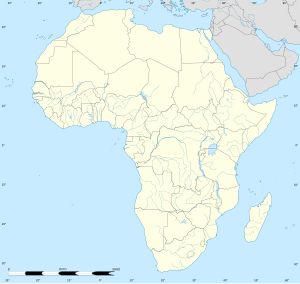Aftermath
The German fortress and wireless station in Bukoba had been destroyed during the battle. Additionally, British forces captured hundreds of German rifles and 32,000 rounds of ammunition. After the battle, the 25th Battalion sacked the deserted town, leading to them being nicknamed the "Boozaliers". During the sack, every house with ammunition found inside was burnt to the ground. Von Stuemer did not authorise his men to return to Bukoba until the following day, where they discovered that local Africans had also taken part in the sack and responded by summarily executing a chief named Ntale. The 25th Battalion was subsequently reassigned to border duties in British East Africa, which its members interpreted as punishment for their misbehaviour after the battle. [3]
The aim of the raid, the destruction of the wireless station, was counterproductive for the British as it deprived them of the possibility of intercepting German transmissions. Bukoba was subsequently abandoned by British forces.
Wilbur Dartnell
After the battle, the 25th Battalion was ordered to guard the Uganda Railway between Nairobi and Mombasa, which was coming under heavy attack from German forces. During this period Wilbur Dartnell was posthumously awarded the Victoria Cross for an action which took place near Maktau on 3 September 1915.
The citation for Dartnell's VC
On 3 September 1915, near Maktau, Kenya, during a mounted infantry engagement, the enemy were so close that it was impossible to get the more severely wounded away. Lieutenant Dartnell, who was himself being carried away wounded in the leg, seeing the situation, and knowing that the enemy's black troops murdered the wounded, insisted on being left behind, in the hope of being able to save the lives of other wounded men. He gave his own life in a gallant attempt to save others.
This page is based on this
Wikipedia article Text is available under the
CC BY-SA 4.0 license; additional terms may apply.
Images, videos and audio are available under their respective licenses.


